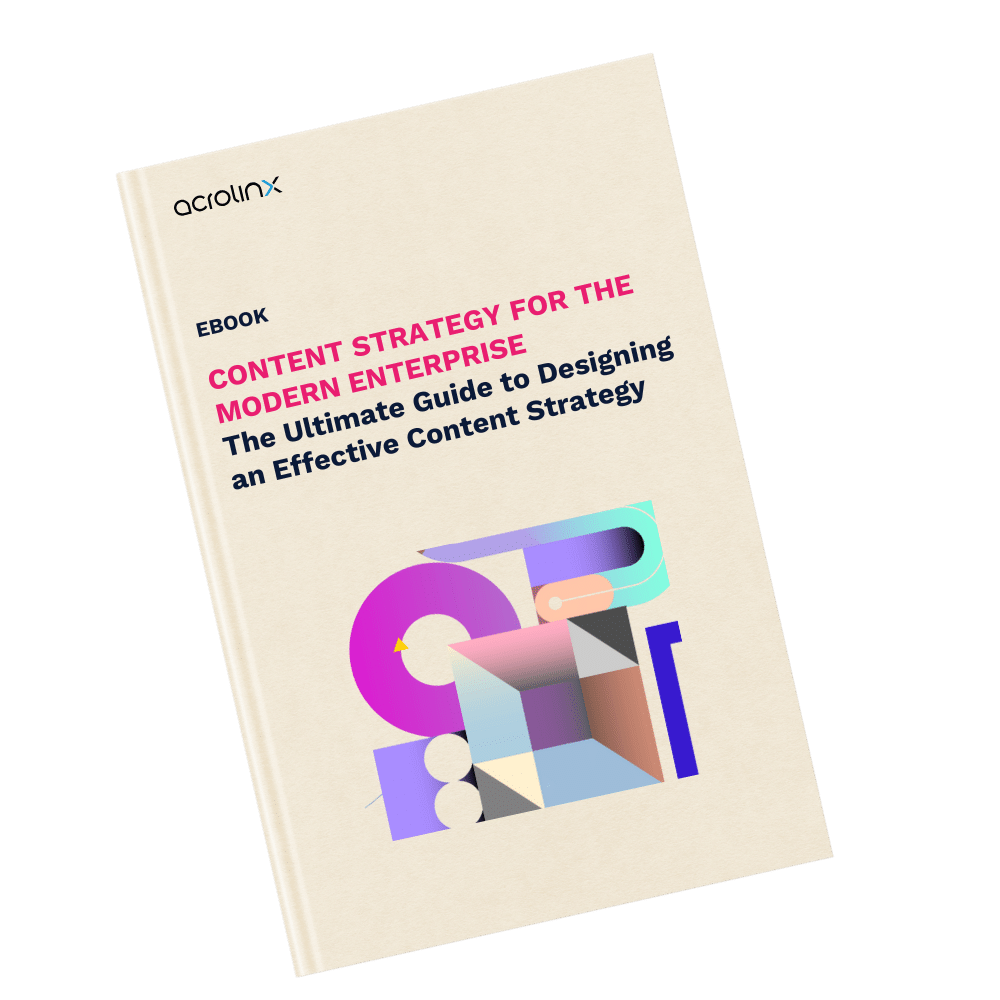How To Write Well: Content Production Mistakes You’d be Wise To Avoid

Producing great content at scale is costly, especially when you lack the right tools and strategies. Large enterprises often have hundreds or thousands of writers, editors, and other content stakeholders. This creates significant overhead, making it challenging to deliver a strong ROI. To address these challenges, understanding how to write well and leverage AI content tools can make a huge difference in efficiency and quality.
At the root of the problem is the fact that most companies lack the tools necessary to make sure they’re producing content efficiently and cost-effectively. That’s bad for business because it not only means that it takes more time to produce less content, it also means that they often can’t keep up with stakeholders’ demand.
Four content production mistakes that break your budget
To achieve efficient content production, it’s crucial to identify the common mistakes that could cost your organization more than you realize. Here are four costly pitfalls to watch out for:
1. The brand consistency dilemma
Within large companies, teams often produce content in silos. Since there typically isn’t much communication between those teams about what their content needs are, what content they’re working on, or what standards they’re following, you wind up with different variations of content — with some that are dramatically off brand.
Brand inconsistency isn’t just confusing, it can weaken both your marketing efforts and customer engagement, in addition to customer satisfaction. A better production strategy is to unite your content creators around one clear voice and one set of brand standards, to deliver consistent messaging across your organization.
2. The hidden costs of low-quality source content
Global enterprises can easily spend millions of dollars each year translating their content for different audiences around the world. And while that’s a necessary cost of doing business overseas, the reality is that translation and localization are expensive if your source content isn’t high-quality content.
If translators need to spend extra time trying to decipher meaning or translating superfluous words, it slows the process down and costs more money. To prevent that, you need to make sure your content isn’t simply error-free, but that it’s also clear and concise. (By the way, for advice on running better translations, see translation guide)
3. Over-relying on editors: A costly habit
A great editor is worth their weight in gold. The problem is that in-house editors aren’t a great solution at enterprise scale. To review all of the content that a large corporation produces (everything from content marketing to digital, social media, and technical communication), you’d need a small army of editors, which is typically cost-prohibitive.
Instead, you could get by with fewer editors, but the trade-off would be having much slower turnaround times, thus increasing time to market. Either way, it’s a suboptimal solution that’s going to wind up costing you more money than it should.
4. Lacking Data-Driven Insights: The Blind Spot in Content Strategy
Data is critical for effective decision-making across every aspect of business, including content creation. If you don’t have analytics on how your teams create content or how that content is performing with your audience, it’s going to be a lot more difficult to refine your content workflows.
Ideally, you’ll want a metrics dashboard that gives you the insights you need so you can direct precious resources — like the limited number of highly skilled editors you have on staff — to the places where they’ll have the greatest impact.
Using AI content tools to improve quality
To avoid common content production mistakes, it’s crucial to integrate AI content tools into your writing process. Using AI for content writing streamlines your workflow, improves content quality, and ensures consistency across all content types. Whether using AI for grammar checking, tone adjustment, or brand voice alignment, these tools act as your content improver, helping you create high-quality content faster.
What’s the solution? Content improver tools!
The right mix of policies, frameworks, and AI-powered tools are crucial to optimizing content production and avoiding costly mistakes. A content governance platform like Acrolinx streamlines your content strategy, enforces style guidelines, and enhances overall quality. Integrating AI tools for writers helps you master how to write well, eliminates brand inconsistencies, and reduces the need for manual edits. Acrolinx’s analytics provide the insights needed to continuously refine your content, making it an essential content improver for any enterprise.
Adopting a content governance solution with AI tools for content writing is key for organizations aiming to boost ROI and efficiency. Watch our short explainer video to learn how Acrolinx can transform your content strategy.
Are you ready to create more content faster?
Schedule a demo to see how content governance and AI guardrails will drastically improve content quality, compliance, and efficiency.
The Acrolinx Team





